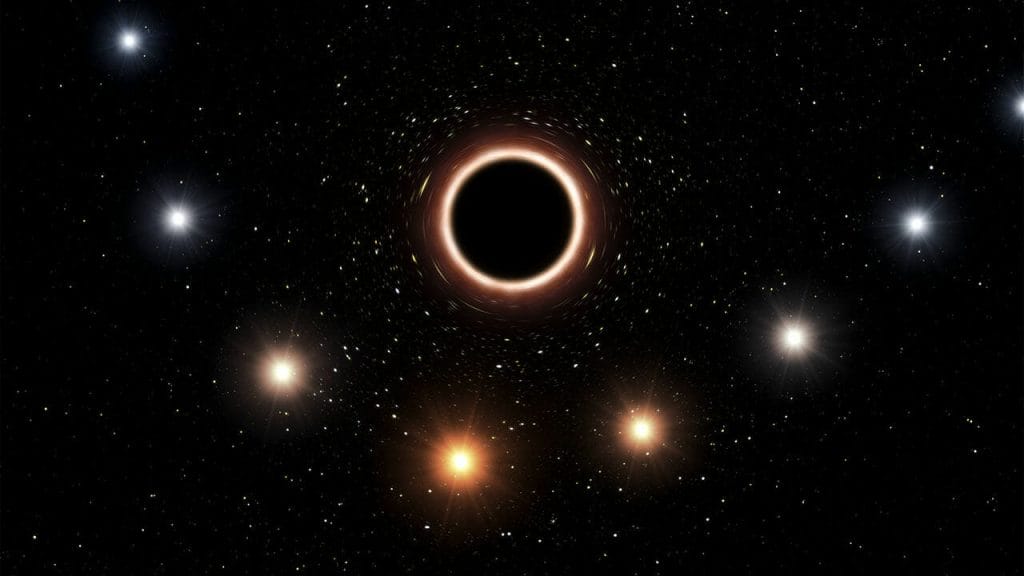This year, not one but two Nobel Prize awardees have ties to Hawaii. Biochemist Dr. Jennifer Anne Doudna was jointly awarded the 2020 Nobel Prize in Chemistry with Dr. Emmanuelle Charpentier. This is the first time in history that women have won a Nobel Prize in the sciences together. In addition, physicist Dr. Andrea Ghez was jointly awarded the Nobel Prize in Physics along with Dr. Reinhard Genzel and Dr. Roger Penrose. Dr. Andrea M. Ghez has become the fourth woman ever to receive the Nobel Prize in Physics.
Nobel Prize Winner: Dr. Jennifer Anne Doudna, Hilo High Graduate
Dr. Doudna grew up in academia, with her father as an English professor at the University of Hawaii at Hilo. From a young age, Dr. Doudna was interested in biology and frequented the school’s bio lab as much as possible. She graduated from Hilo High School in 1981, and went on to graduate from Harvard Medical School with a Ph.D. in biochemistry. Dr. Doudna is currently a Professor of Biochemistry at UC Berkeley.
Dr. Doudna was awarded the 2020 Nobel Prize in Chemistry for her discoveries in utilizing CRISPR gene editing. She discovered a molecular tool known as clustered regularly interspaced short palindromic repeats, or “(CRISPR)-Cas9”. Cas9 is a naturally occurring enzyme found in E. coli bacteria that can be used to edit genome strands. This discovery has paved the way to enable biomedical researchers to modify genetic sequences at specific intervals in a simpler and more efficient way than previous methods allowed. This has opened up possibilities of germ-line (sperm and egg) genome modification in humans. The hope is that in the future, genome editing may be used to treat genetic diseases.
Nobel Prize Winner: Dr. Andrea M. Ghez, Keck Observatory Explorer
Dr. Andrea M. Ghez is a Professor of Physics & Astronomy at UCLA. Her research has been recognized as providing conclusive evidence of a super discovery of a supermassive black hole in the center of our Milky Way galaxy and advancing our understanding of black holes. The first image of Ghez’s research was taken in 1995, using the W.M Keck Observatory telescope on the Big Island in its first year online. Images suggested that the stars near the Milky Way’s center were circling something massive, physical evidence of an object with intense gravitational pull.
The black hole is 26,000 light years away from Earth, with over 3,000 stars circling it. Dr. Ghez and her team have used adaptive optics (AO) technology for nearly a quarter century to track stars orbiting dangerously close to the black hole to see how gravity behaved. Space and time bend around the black hole, and strange objects composed of gas yet behaving like stars were discovered by Ghez’s team. “Black holes, because they are so hard to understand, is what makes them so appealing,” Ghez said. “I really think of science as a big, giant puzzle.”
Beyond being a premier professional accolade, the Nobel Prize comes with a gold medal and 10 million kronor (more than $1.1 million). The prize is funded via a bequest from Alfred Nobel, who founded the prize 124 years ago and notably invented dynamite. Dr. Doudna has jokingly said that her most treasured prize is her newly incepted lifetime parking stall at UC Berkeley.
About Post Author
You may also like
-
Minit Stop Celebrates Honoka’a Location Grand Opening, May 22
-
Celebrate Women’s History Month with Big Island Made’s Wāhine Makers
-
Hawai’i Travel News: State Begins Reopening for Interisland and Out-of-State Travelers + More Travel News
-
Kona’s Ironman 2018 Was FULL of Heartwarming Stories — Including an Engagement!




